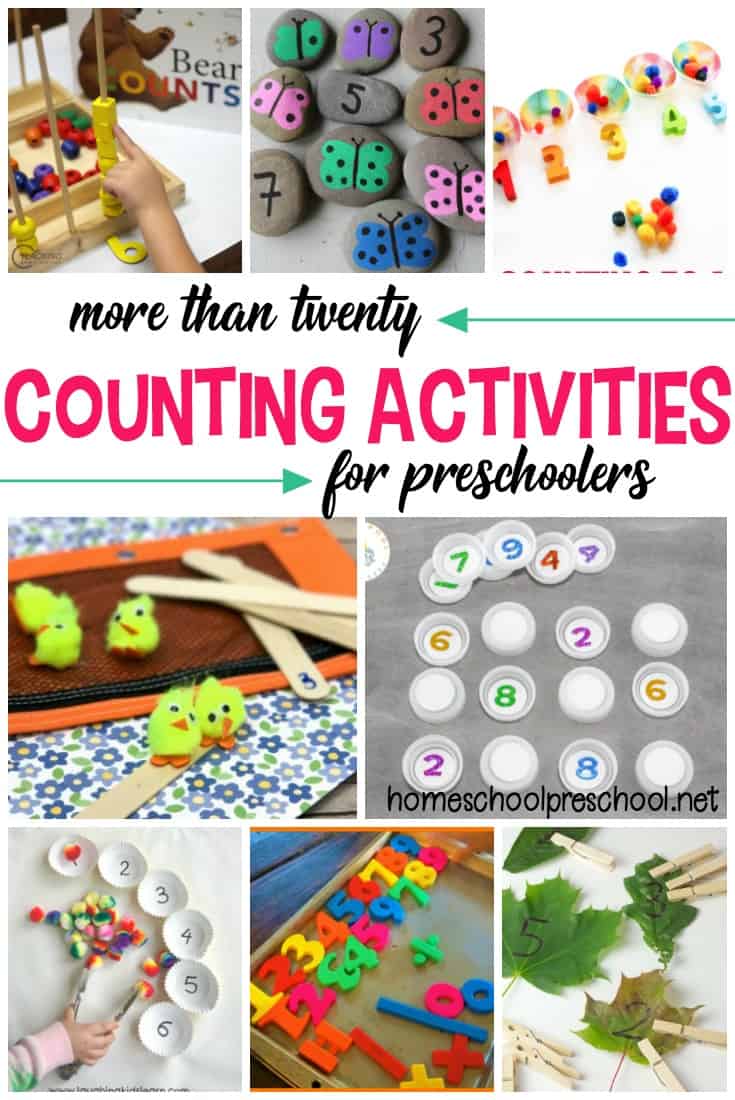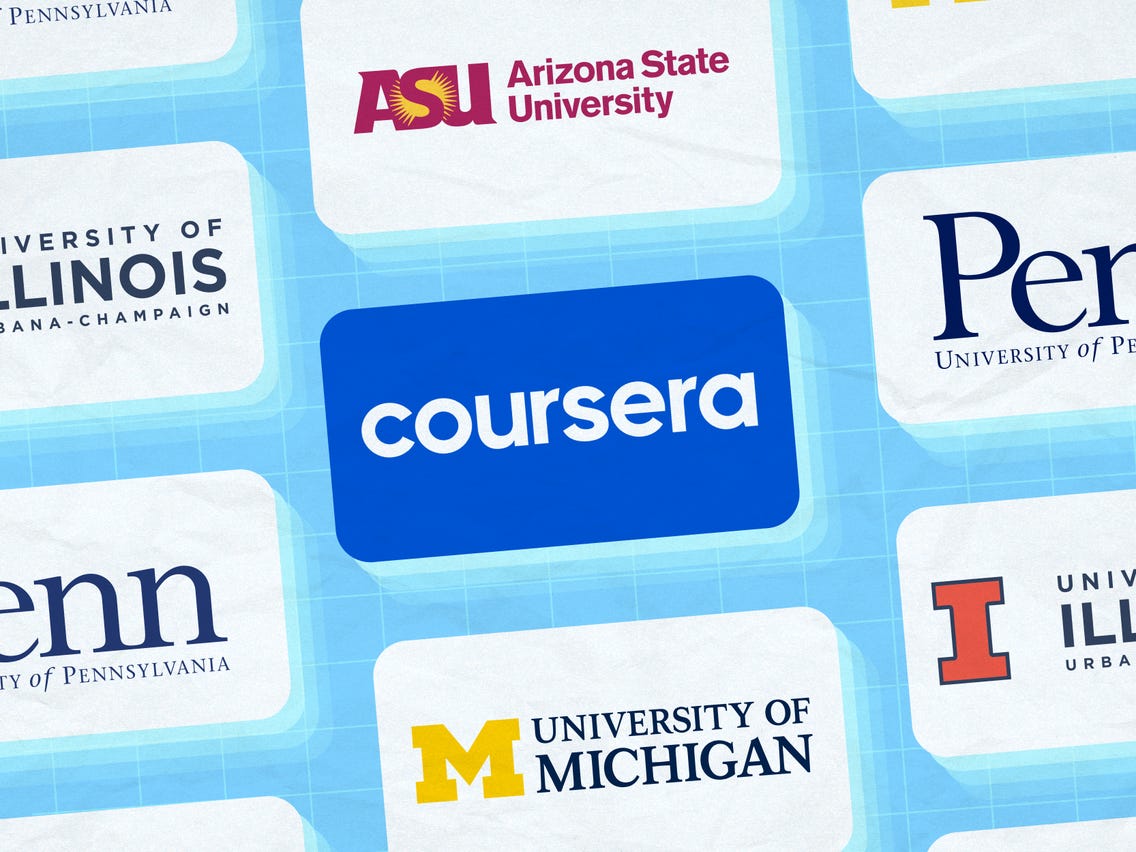
Princeton High is a comprehensive four year public high school located at Princeton, New Jersey. It is located in Princeton, New Jersey and serves all students of Princeton's public schools. The school is accredited by the Middle States Association of Colleges and Schools. It offers numerous extracurricular activities and has high college readiness ratings.
Student body
Princeton High School is a four-year comprehensive public high school located in Princeton, New Jersey. It is part the Princeton Public Schools District and serves all city public school students. It is home to many bright and talented young people.
Princeton has enjoyed great success with debate teams in both the National Speech and Debate Association and National Catholic Forensic League. Princeton's debate group competes in three major High School Debate forms: Public Forum and Lincoln Douglas. It also participates in Congressional Debate. Some debaters have been selected for national tournaments, such as the Tournament of Champions by the NSDA.
Extracurricular activities
Princeton High School offers many extracurricular opportunities to its students. These activities emphasize academics as well as community service and sports. Students can be a part of a choir, dance group, or the National Honor Society. They also have the option to participate in model UN or intramural athletic leagues. Students may also play tennis, basketball, or ultimate frisbee.

Princeton High School is part the Princeton Independent Schools District. It is a public high school that is a member of the UIL (Unified Interscholastic League). Texas Education Agency has designated the school as a 5A school. Princeton High School will compete for the 5A designation starting in Fall 2018. The school will be split in two schools: Lovelady High School as well as Princeton High School.
College readiness rating
Princeton High School was recently rated college-readiness by the Department of Education. The rating is based a variety measures including grade point averages, achievement tests scores, and coursework necessary to gain admission at a four–year university. These measures don't take into account other important aspects of high schools, like student climate or participation in extracurricular activities. The DOE rankings do not account for the high number international students who attend school.
This data is based upon the most recent graduates of the school. To put it another way, college-ready students have completed at least three hours college-level classes and earned a college degree. The data is also based upon graduation rates and rates of free- and reduced-price meals.
Average SAT score
The average SAT score at Princeton High School is a high one. A 1600 score is the perfect score, and Princeton High School students have the opportunity to attain this score with a score of 1440. This score can get you into almost any school in the country, even Ivy League.
Princeton was ranked third for its average SAT score this year. The average score of Princeton was 28 points higher that the 2001-02 average. This score is based upon a test that was taken 100 percent by the school's student population and 73 % of state students. Millburn High School (top) and Montgomery High School (top), with Princeton High third.

Average teacher's salary
The average teacher's salary at Princeton High School was $63,320 in 2020, more than the state's average. The school employs 323 people, while the highest paid teacher earns $117,000 annually. Teachers at the school have an average experience of 10.5 years. While the average teacher's salary may not be high, it is higher than the national average.
New Jersey had a median teacher salary of $66,117 in 2016-17. According to New Jersey Department of Education the salaries of other teachers range between $43,911 and $105,650. However, in Princeton, the median teacher salary was $68,985 per year, an increase of 1.6 percent from the previous year.
FAQ
What are the types of early child education?
There are many different ways to describe early childhood education. The most common are:
-
Preschool - Children ages 2 to 5
-
PreKindergarten: Children 4-6 years old
-
Head Start/Headstart - Children from 0-3 Years
-
Day Care/ Daycares: Children 0-5
-
Child Care Centres - Children from 0-18 Years
-
Family Child Care – Children aged 0-12
-
Homeschooling for children ages KG-16
What is the difference in public and private schools?
All students have access to public schools at no cost. They provide education from kindergarten through high schools. Tuition fees are charged by private schools for each student. They provide education from preschool to college.
Charter schools are public-funded but privately managed. Charter schools don't follow traditional curricula. They allow students more freedom to discover what interests them.
Charter schools are popular among parents who believe their children should have access to quality education regardless of financial status.
How do you apply to college?
There are many options for applying to college. Contact your high school guidance counselor to get started. Many high schools offer online applications. You can also contact local colleges directly. Most colleges will accept applications over the Internet through their website.
If you decide to apply through the mail, you'll need to fill out the application, write a personal statement, and send copies of all required documents with your application. Your personal statement is a chance to explain why you are interested in attending this institution and what it would mean for you. It helps the admissions team understand your motivations and goals.
You can download sample essays from this website.
Statistics
- Think of the rhetorical power of nineteenth-century abolitionist Harriet Beecher Stowe, Martin Luther King, Jr., or Occupy Wall Street activists with their rallying cry of “we are the 99 percent.” (bostonreview.net)
- In most developed countries, a high proportion of the population (up to 50%) now enters higher education at some time in their lives. (en.wikipedia.org)
- These institutions can vary according to different contexts.[83] (en.wikipedia.org)
- And, within ten years of graduation, 44.1 percent of 1993 humanities graduates had written to public officials, compared to 30.1 percent of STEM majors. (bostonreview.net)
- Among STEM majors, that number is 83.5 percent. (bostonreview.net)
External Links
How To
What is vocational education?
Vocational education is an educational program that prepares students to work after high school and college. It teaches them specific skills for specific jobs (such as welding). Vocational Education also offers apprenticeship programs that provide on-the-job training. Vocational education is different from general education in that it prepares individuals for specific career paths rather than acquiring broad knowledge for future uses. Vocational education's goal is to help students find employment after they graduate.
Vocational education can take place at all levels of schooling. This includes primary schools, secondary schools and colleges, universities as well as colleges, technical institutes, technical colleges, trade schools, community college, junior colleges, four-year colleges, and colleges. There are many schools that specialize in specific subjects, such as nursing schools (law schools), medical schools, dental school, veterinary medicine and firefighting schools. Many of these offer both academic instruction, and practical experience.
In recent decades, many countries have made large investments in vocational training. The effectiveness of vocational training is still a controversial topic. Some critics say it does not improve students' employability. Other argue that it prepares them well for life beyond school.
The U.S. Bureau of Labor Statistics estimates that 47% of American adults possess a postsecondary certificate, or degree related to current occupation. This figure is higher for those with more education. 71% (25-29) of Americans have a bachelor's level or higher and work in fields that require a postsecondary degree.
According to the BLS, nearly half of America's adult population held at least one postsecondary credential in 2012. About one-third of Americans held a two-year associate degree, while about 10 percent held a four-year bachelor's degree. One in five Americans holds a master’s degree or doctorate.
The median annual salary for people with a bachelor's was $50,000. This compares to $23,800 for those who don't have a degree. The median income for those with advanced degrees was $81,300.
The median wage for those who didn't complete high school was $15,200. Earn $13,000 per annum for those with less high school diplomas.